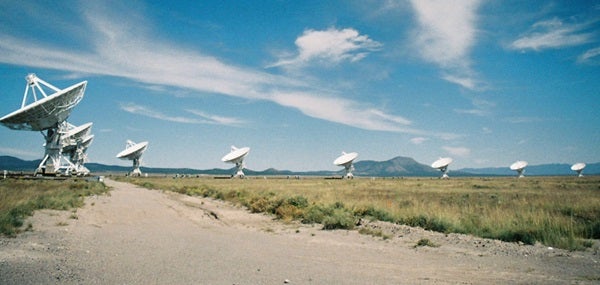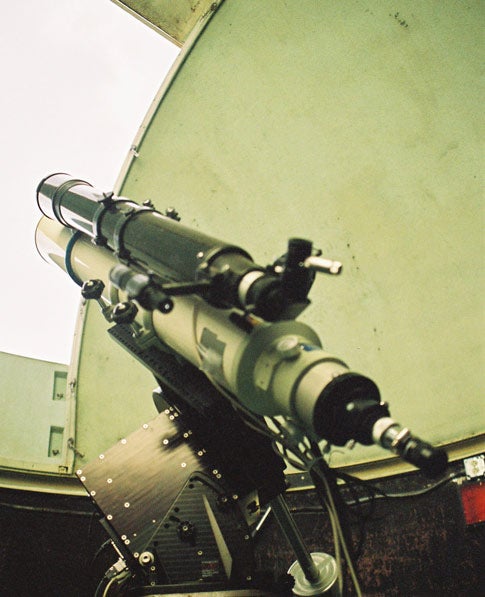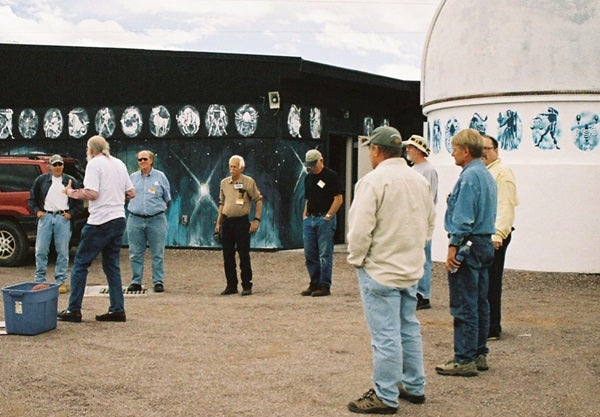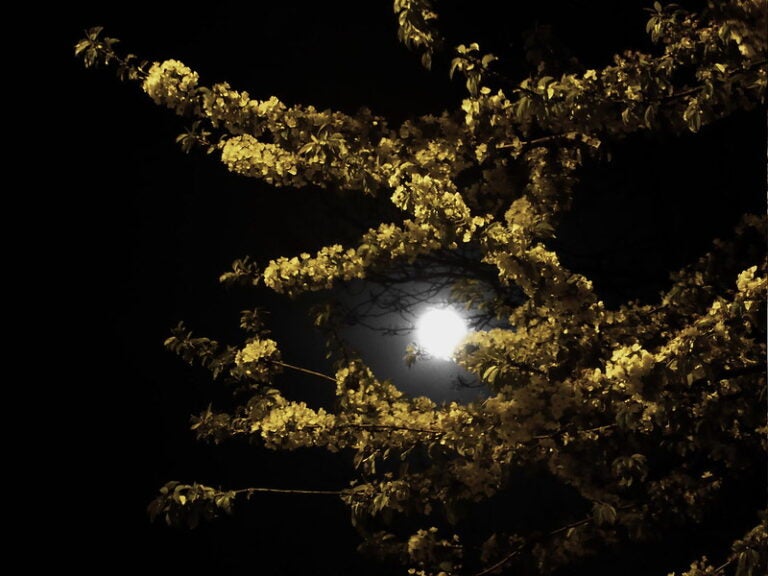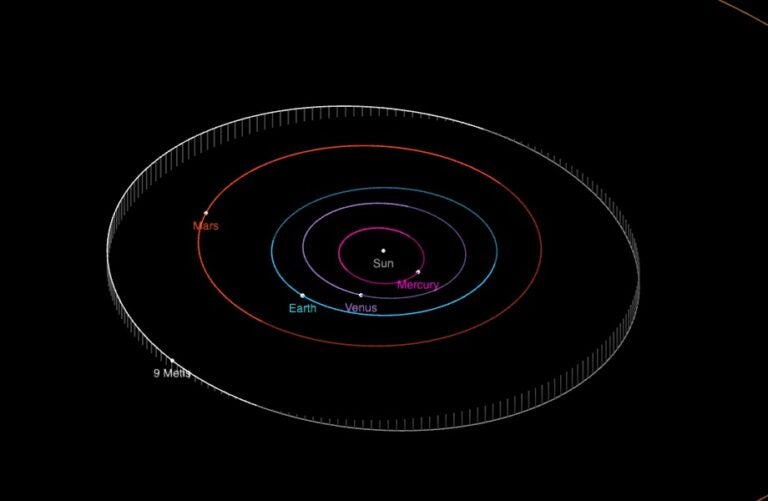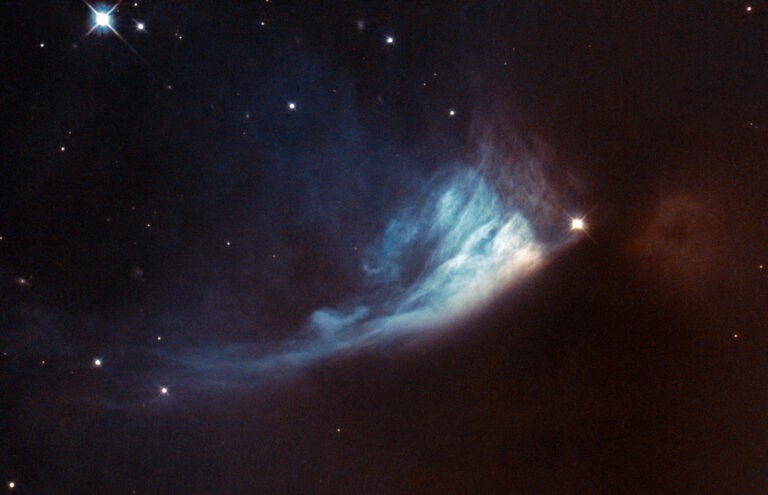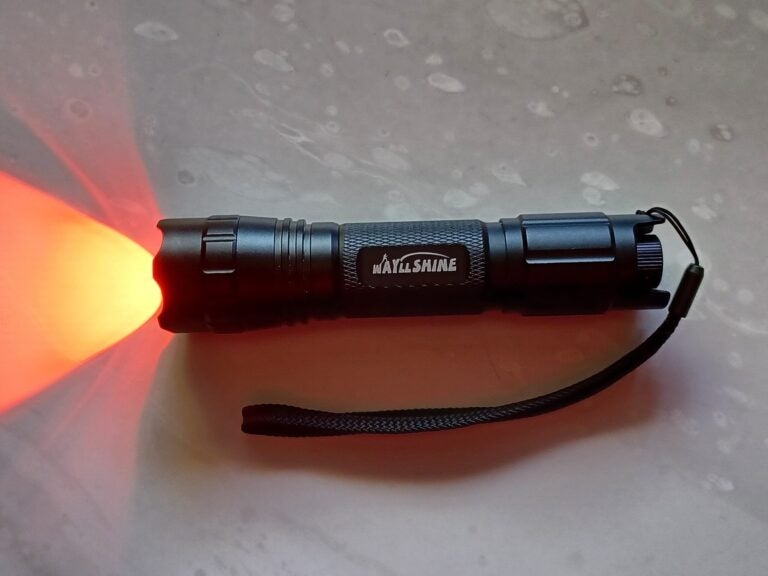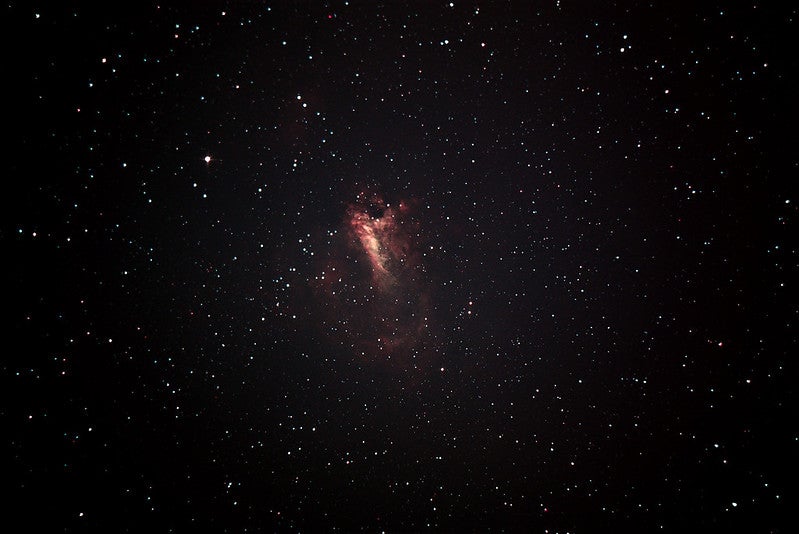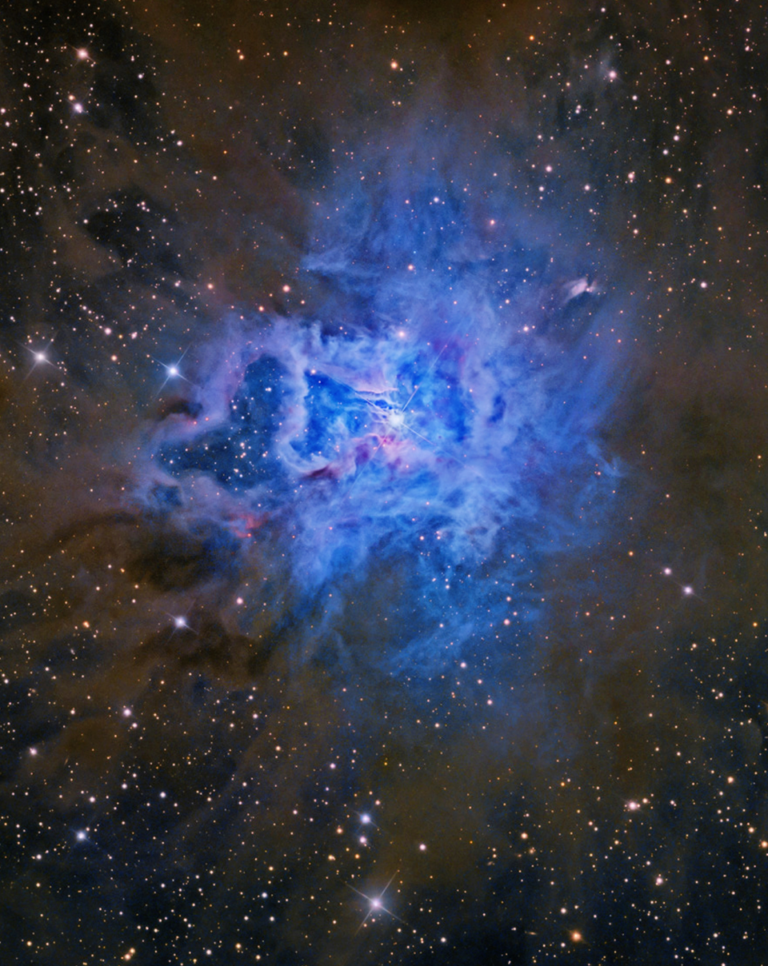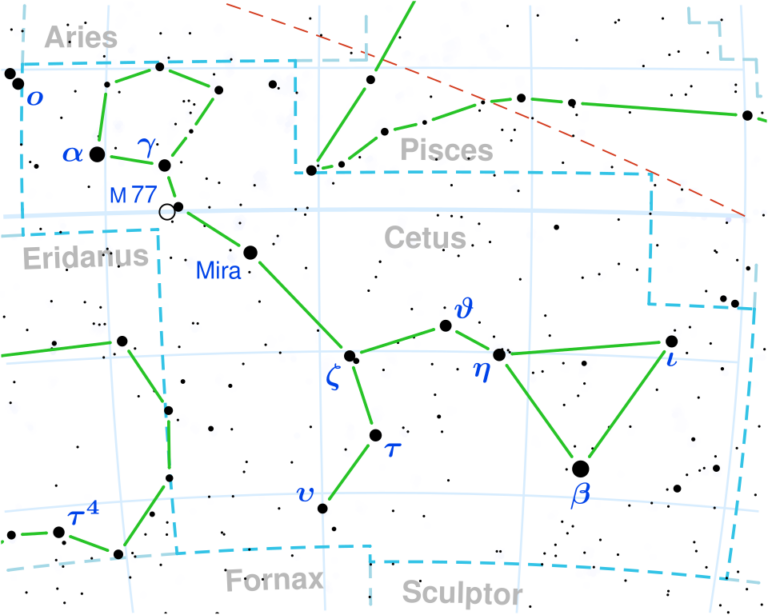New Mexico is called the land of enchantment because of its unique combination of striking physical beauty, ancient culture, and diverse landscapes ranging from rugged, red-rock mountains to sparse desert. Its dry climate, high elevation, and dark-sky nights also make New Mexico an astronomical playground. This is where you’ll find the Enchanted Skies Star Party.
Held each September in Socorro, this year’s event took place September 20–23. Attendees met at Etscorn Observatory on the New Mexico Institute of Mining and Technology campus. the gathering offered partygoers an assortment of activities. Observing sessions, informative lectures, tours of the Very Large Array (VLA) radio telescope and the U.S. Air Force deep-space surveillance facility at White Sands Missile Range, and a chuck wagon dinner were just a few of the items on the star-party menu.
The lectures given were as varied as the backgrounds of the researchers and presenters. Debra Shepherd, an astronomer at the National Radio Astronomy Observatory (NRAO), gave a talk about her studies of molecular outflows and accretion disks around massive, young stellar objects. The topic captured the imaginations of many attendees, and Shepherd graciously answered a bevy of questions following her talk.
Daniel Klinglesmith, Magdalena Ridge Observatory’s Public Education and Outreach Coordinator, had the group construct a small-scale model of the universe and spoke about the observatory’s public education and outreach activities. Larry Crumpler of the New Mexico Museum of Natural History and Science gave the keynote lecture. Crumpler gave a field report on the status of the Mars exploration rovers. The lecture showcased a plethora of images of the martian surface from the rovers’ perspective.
Popularized in the movie Contact, the VLA is more impressive in person than on-screen. Bill Spargo, who worked at the VLA facility for more than 30 years, led our group on an insider’s tour of the site, including the control room. Spargo also spoke about learning the constellations.
The star party’s last night included a chuck-wagon dinner and observing session at the Pound Ranch, a dark-sky site located a dozen miles west of Socorro. Replete with guitar and violin entertainment, a campfire, and good southwestern barbeque, the experience concluded what was one of the most interesting and informative star parties I’ve yet attended.

